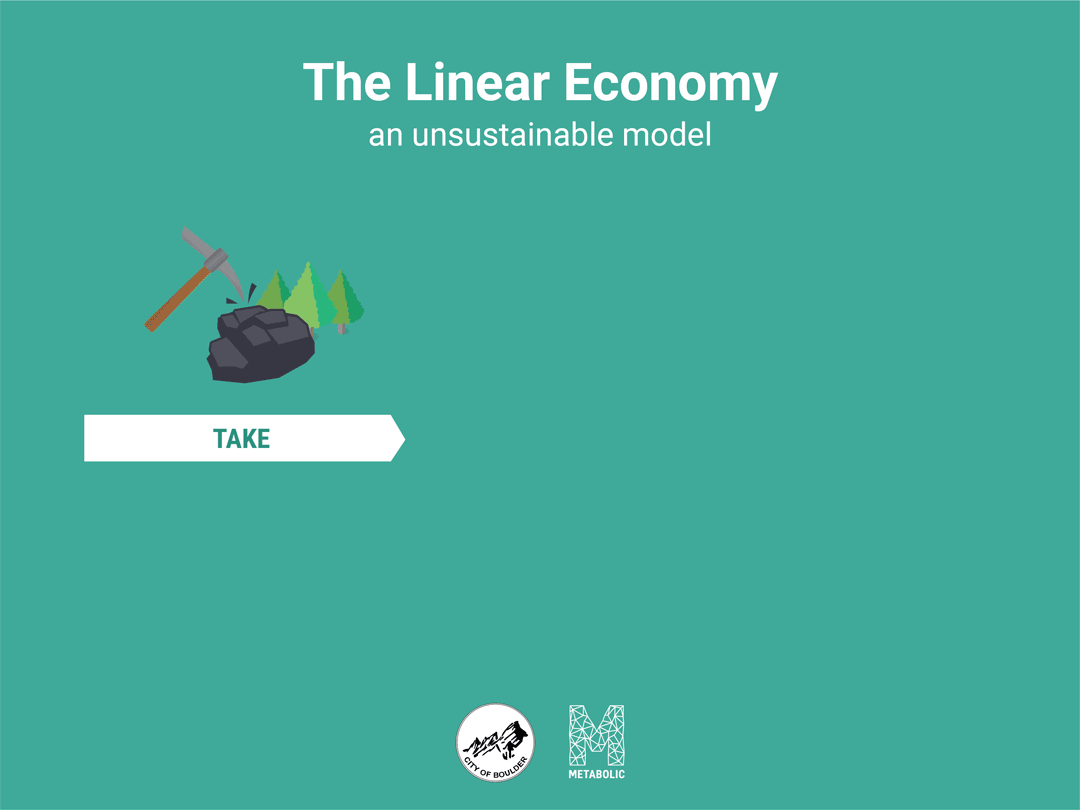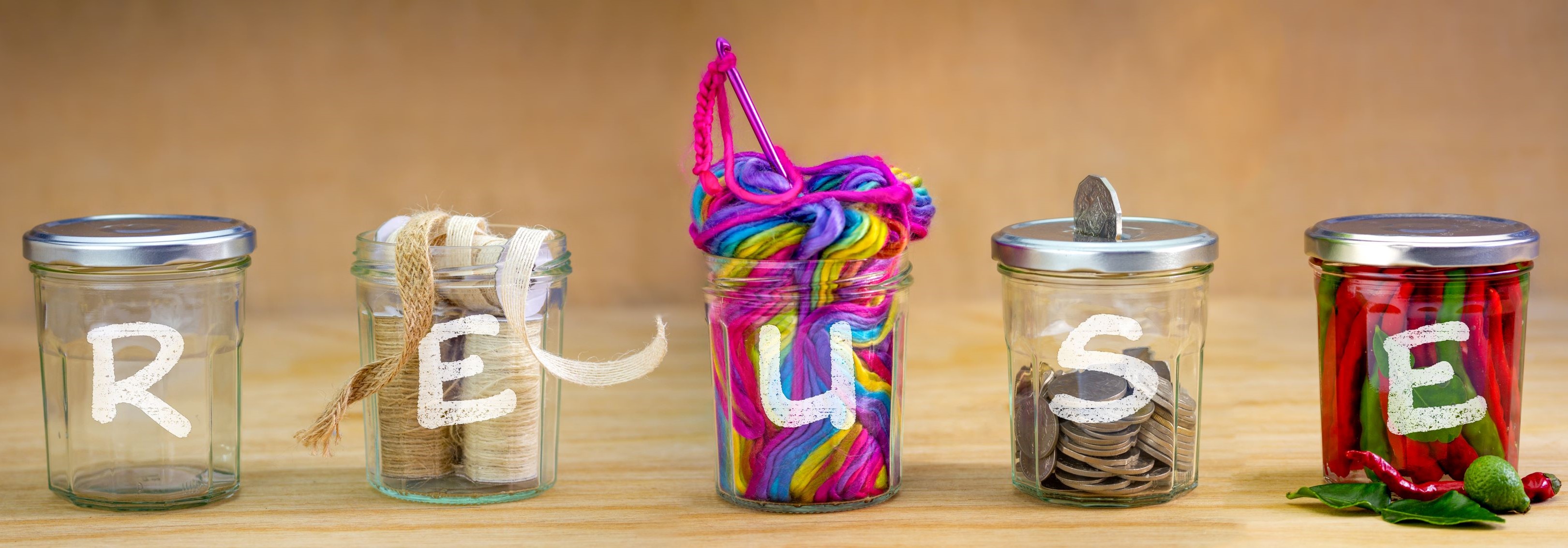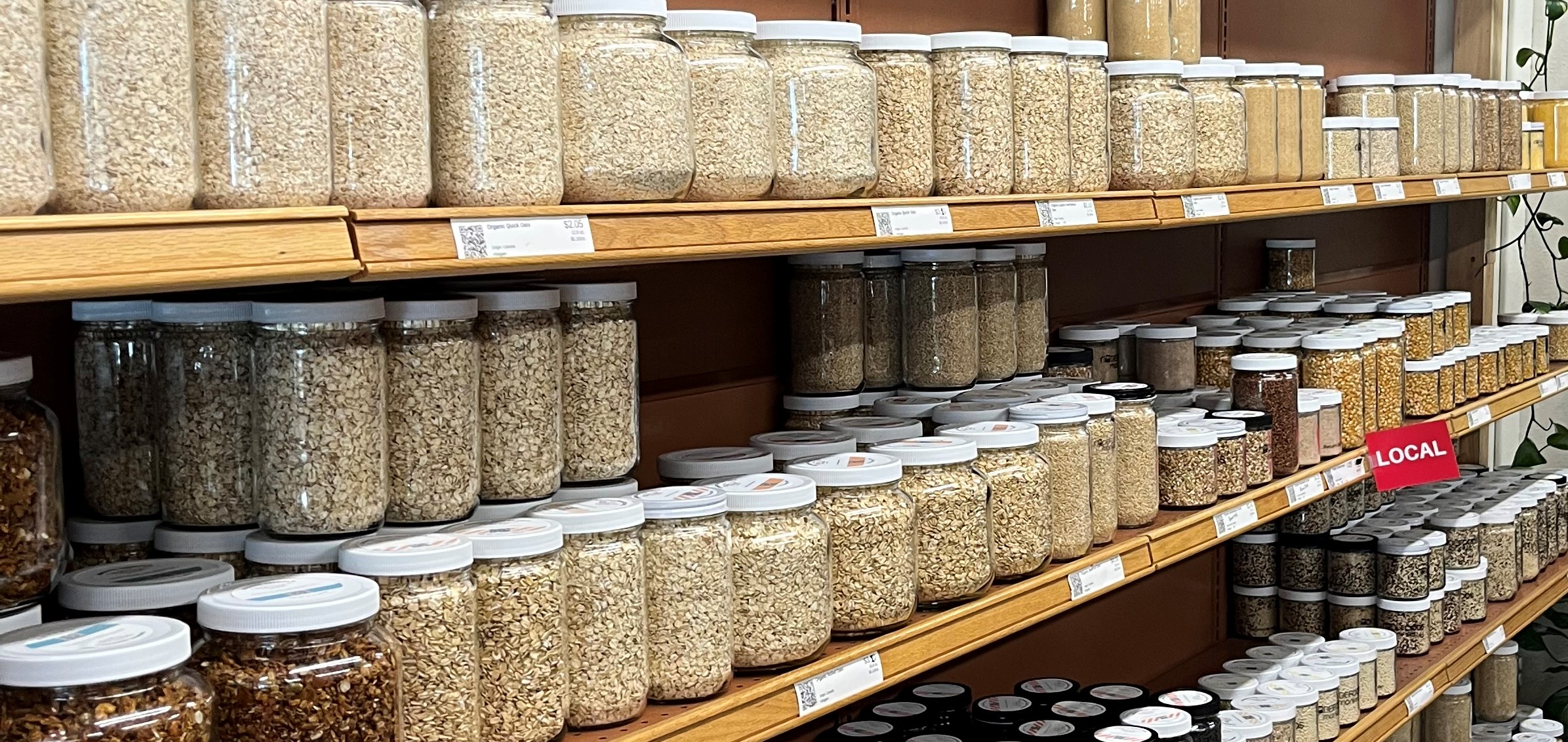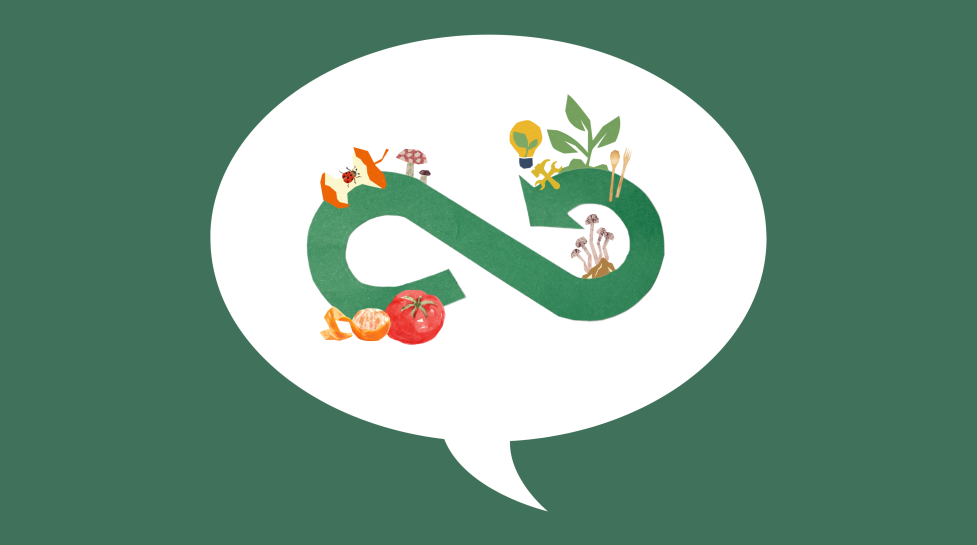Did you miss the discussion? Check out this recap!
Related Events
Did you miss the discussion? Check out this recap!
The city is hosting three virtual information sessions this summer, each with the goal of deepening the community’s familiarity with city climate work and inspiring collective action. The second session focused on growing a circular economy in Boulder and beyond.

Metabolic
Listen to highlights from the conversation:
Jamie Harkins: The truth is, we can't just recycle and compost our way out of the climate crisis.
Kate Raworth: If we’re going to solve this – if we’re going to turn this story around, we need to bring economic ideas and theories, and governmental policies, and business models and community action of our own. We need to take today’s linear, degenerative industrial economy that runs down the living world, we take, make, use and throw it away – we need to bend those arrows around so that we create a cyclical, circular, regenerative economy in which resources are not used up, they’re used again, and again far more carefully, collectively, creatively and slowly. So that we then belong on this planet because we work with and within the cycles of this living world.
Jonathan Koehn: A circular economy is based on three important principles. First, you eliminate waste and pollution. Second, you circulate products and materials at their highest value. And third, you regenerate nature. So, a circular economy really decouples economic activity from the consumption of finite resources, and that represents a resilient system. And that’s good for businesses, that’s good for people and that’s good for the environment.
Lisa Cutter: We’re burying millions and millions of dollars of valuable materials in our landfills every year. It’s a land use issue. We’re taking up space with landfills that doesn’t need to be taken up. It’s a respect for the commodities – for the resources – that we have access to.
Jamie Harkins: Really the circular economy is about how do we keep those materials at a higher value for as long as possible, through repair, reuse, remanufacturing.
Anna Perks: There’s a lot of good, reusable material in our homes, and yet we recycle cans and then throw away entire houses. We can save a lot of resources by reusing what we already have. I get energized by salvaging things like flooring, cabinets, doors, appliances, dimensional lumber...and then seeing someone else use those materials and give them a second life somewhere else.
Verity Noble: We offer groceries in reusable packaging or in no packaging at all. We need to find a way to stem that tide of trash that’s being produced.
Jamie Harkins: One of the biggest levers we have to influence this is through policy.
Randy Moorman: We have to adopt new policies, like House Bill 22-1355 that was passed this year – the Producer Responsibility Act. And we need to direct funding and resources to recycling end-market development as we did in House Bill 22-1159 that establishes the Circular Economy Center. These policies are the building blocks to a circular economy in Colorado.
Music attribution: "Brushed Bells Leaving Home" by Daniel Birch is licensed under CC BY-NC-ND 4.0.
1. A circular economy is good for people, the environment and business.
In our current linear economy, we take materials from the earth, make products from them and eventually, throw them away. In a circular economy, by contrast, we stop waste being produced in the first place.
This shift creates a resilient system and that's good for businesses, people and the environment, explained Interim Director of Climate Initiatives, Jonathan Koehn. “A circular economy is really decoupling economic activity from the consumption of finite resources.”

2. The New Three Rs: Reuse, Repurpose and Repair
“As important as achieving high diversion rates is, the truth is we just can't recycle and compost our way out of the climate crisis,” said city Policy Advisor, Jamie Harkins. Moving beyond recycling, the city is exploring policies and programs that emphasize a new set of three Rs: reuse, repurpose and repair.
“We want to enable more repair, reuse and re-manufacturing within Boulder. It should be easier to fix broken things around your house,” said Harkins.

3. Circularity is a climate solution.
Working with European consulting firm, Metabolic, the city conducted a deep analysis of our community’s waste stream. The picture was stunning.
“If you look at the emissions associated with the production of the goods and services we consume in Boulder, they are actually estimated to be larger than every single other local source of emissions combined,” explained Harkins.
“Little steps towards circularity can really make a big impact in the overall climate picture.”
4. Boulder is uniquely positioned to build a circular economy.
“We do this work with a wide range of partners,” said Harkins. “They are so essential for making it possible to live a zero-waste lifestyle right now.”
Boulder is home to several organizations, businesses, experts and passionate advocates who are helping build a local circular economy. Local non-profits, including Resource Central, Eco-Cycle and Community Cycles, are creating end markets for materials that can still be used. Volunteers run fix-it clinics to help squeeze more life out of household appliances.
Businesses are also stepping up.
Anna Perks, who runs a sustainable deconstruction company says she gets “energized by salvaging things like flooring, cabinets, doors appliances and lumber and then seeing someone else use those materials.”

For Verity Noble, her zero-waste grocery store’s mission is aligned with circularity. “The average American produces more than 1,700 pounds of trash every year, so we started Nude Foods to try and combat some of this trash because so much of it comes from our grocery shopping.”
5. Change must happen at a larger scale.
While there is a robust movement towards circularity happening in Boulder, change beyond our community will have the biggest impact. To this end, the city plays a key role in shaping statewide policy.
State Representative Lisa Cutter, a champion of zero-waste policies, echoed Harkins’ point, saying, “our work in the circular economy will be most effective if we work from the state level. We can have consistent systems throughout the state -- not just a patchwork approach.”
Catch the Replay
Explore Circularity in Boulder
Circularity is a new area of work for Boulder and many other communities. Learn more about this growing effort in Boulder by exploring the city’s Circular Boulder guide.
Tune Into More Climate Conversations
- Renewable and Resilient Energy Systems – June 29
- Learn how the city is working to electrify Boulder's buildings and vehicles, grow local renewable energy generation, and improve energy access and affordability. Read the recap and watch the recording.
- Nature-Based Climate Solutions – Aug. 22, 5:30 to 7 p.m.
- Learn about Cool Boulder, a community-wide effort to cool our community, foster biodiversity and absorb carbon through nature-based climate solutions, namely connected canopies, pollinator gardens and absorbent landscapes. Register online: bit.ly/3aNXT0n
